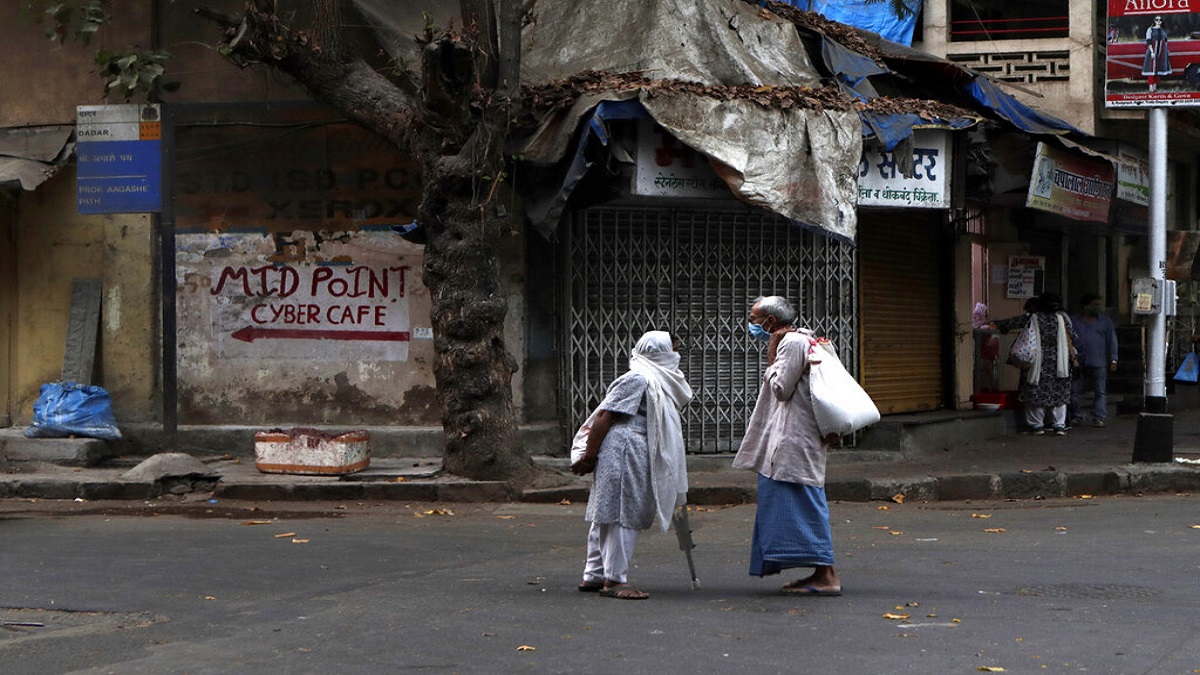
BMC de-seals Dharavi's first containment zone as cases touch 1,145
Baliga Nagar, the first coronavirus containment zone in Mumbai’s Dharavi, was de-sealed by the Brihanmumbai Municipal Corporation (BMC) last week, after no new cases were reported from the area since April 7.

Baliga Nagar, the first coronavirus containment zone in Mumbai’s Dharavi, was de-sealed by the Brihanmumbai Municipal Corporation (BMC) last week, after no new cases were reported from the area since April 7.
The first victim of COVID-19 from Dharavi was a 56-year-old man who died on April 1, the same day he tested positive for the highly contagious infection.
Following his death, five more cases of coronavirus were reported, all of whom were contacts of the first victim. One of the few areas in Asia’s largest slum with highrises, Baliga Nagar was de-sealed after no new cases were reported over the last 21 days.
Even as certain containment zones have been declared safe, the number of infected persons crossed 1,000 on Wednesday in Dharavi. On Friday, 84 new cases were reported, totalling 1,145 cases so far.
Related news: Death of Mumbai patient fuels fear of COVID-19 spread in Dharavi slum
“Since the first case in Dharavi was detected, we focused on three main components — containment strategy, comprehensive testing and uninterrupted food and essential supplies. In addition, the G-north ward also launched a 12-hour helpline number to help people contact BMC for food, grocery, transportation and stay,” Kiran Dighavkar, assistant municipal commissioner, G-north ward, told Indian Express, adding that five slum pockets in Dharavi have been marked as red zones.
According to the BMC’s data till May 6, the doubling rate of COVID-19 cases in Dharavi was six days and majority of the patients were in the age group of 31 to 40 years.
Located at the north end of the island city, Dharavi has a population of around 6.5 lakh and is spread over 2.5 sq km area.
With a population density of 2,27,136 persons per sq km, Dharavi is a sort of ticking time bomb for the civic administration, which is working on a war footing to contain the pandemic, a health expert said.
According to BMC sources, the civic body has been supplying essentials and medicine in 213 containment zones, which have reported coronavirus cases.
Raju Korde, president of Dharavi Punarvika’s Samiti, said lack of proper sanitation facilities and crowded housing conditions were primary reasons for the spread in the area.
Related news: Social distancing not a choice in Dharavi, Asia’s biggest slum
“Dharavi has small congested houses and narrow lanes. Hence, even if the BMC creates containment zones, it’s impossible to follow the norms of social distancing,” Korde said.
Volunteers from the organisation were distributing sanitisers and immunity boosting homeopathy medicines to residents, he said.
According to civic officials, Dharavi has around 225 community toilets, 100 public toilets and 125 toilets built by the Maharashtra Housing and Area Development Authority.
“As hundreds of people use common toilets in the area, the risk of coronavirus spread is high, which is why these lavatories have to be cleaned regularly,” said a BMC officer.
Dharavi has nine municipal dispensaries, 50 private clinics apart from fever clinics.
Altogether 47,500 people from the high-risk zones and 1.25 lakh residents of containment zones of Dharavi have been screened so far, according to BMC data.
As per the data, around 4 lakh Dharavi residents have been screened with the help of 24 private practitioners.
The tally of COVID-19 patients in Dharavi increased to 1,145 on Friday after 84 more persons tested positive for the infection, a BMC official said.
Related news: From vegetable kits to ration coupons: Pune slum keeps virus at bay
However, no new death was reported in Dharavi in the last 24 hours, the official said.
The death toll in this slum is 53, the official said. “Four deaths, which occurred in the past few days, were declared by the BMCs epidemic cell today,” he said.
Dharavi’s highest number of 108 cases have been found in Matunga Labour Camp locality till May 14, he said.
Dharavi, believed to be the biggest slum in India, is posing a tough challenge for the BMC and the Maharashtra government to contain the coronavirus spread, mainly due to its population density, which makes social distancing very difficult.
(With inputs from agencies)


